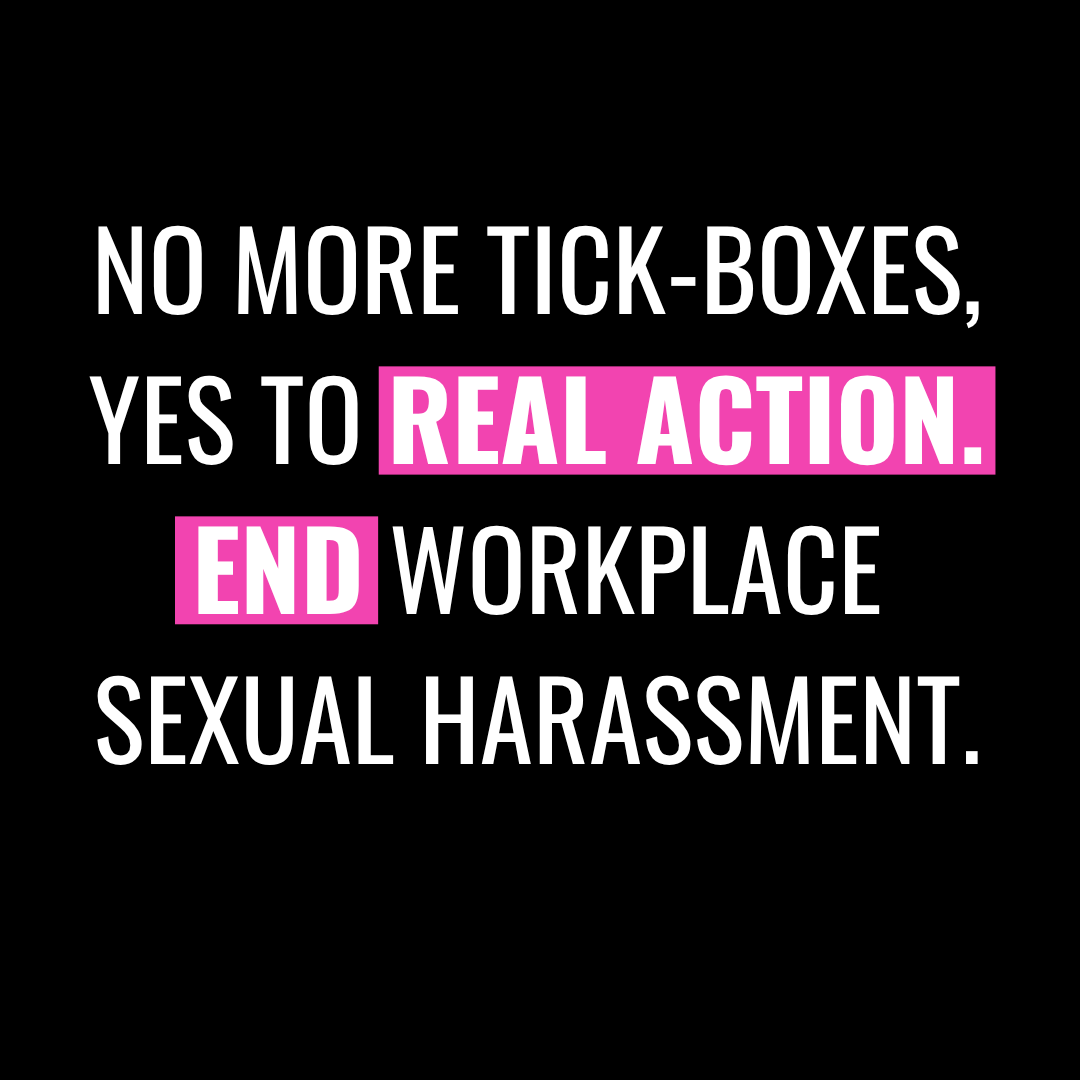The Health and Safety Executive (HSE) has confirmed in writing that it does not consider workplace sexual harassment to fall under its remit, despite its duties under the Health and Safety at Work Act 1974 to protect workers from risks “arising out of or in connection with work.”
Instead, HSE insists that harassment is best regulated by the Equality and Human Rights Commission (EHRC) and the police. But unlike HSE, the EHRC has no inspectors in workplaces, no reporting mechanism equivalent to RIDDOR, and no power to issue enforcement notices or stop unsafe practices.
This refusal creates a dangerous enforcement gap, leaving millions of workers, particularly women, without meaningful protection from one of the most common and damaging workplace hazards.
The Contradiction
HSE already regulates violence at work, including by third parties. It regulates work-related stress, explicitly including “relationships” as one of six core risk factors. It addresses bullying and conflict management through its stress standards.
But it excludes sexual harassment, despite it being a form of violence at work, a predictable and preventable risk to health and safety, and a key driver of work-related stress, absenteeism, and staff turnover.
This inconsistency is indefensible. If violence, bullying, and stress are workplace hazards, sexual harassment must be too.
The Human and Economic Cost
TUC surveys show that 45% of women experience harassment at work. The EHRC itself has admitted there is widespread under-reporting and a lack of enforcement. Harassment leads to anxiety, depression, PTSD symptoms, and economic loss from absence or forced exits from employment. Employers often rely on HR processes that focus on reputation management rather than prevention.
Without HSE involvement, there is no preventive framework: no requirement to risk assess, no reporting system, and no enforcement culture.
What the Law Already Says
The Health and Safety at Work Act 1974, Section 2, requires employers to protect workers from risks to health and safety arising out of work activities. RIDDOR 2013 mandates that some acts of workplace violence must be reported. The Worker Protection (Amendment of Equality Act 2010) Act 2024 requires employers to take “all reasonable steps” to prevent sexual harassment, including by third parties.
But without HSE oversight, the Worker Protection Act lacks teeth. EHRC cannot provide the day-to-day inspection, enforcement, and risk-prevention functions needed to make the law meaningful.
A food factory worker from Manchester shared: “When I was harassed, HR told me to keep it quiet. It was treated as gossip, not a health and safety issue.”
A hospitality worker from London asked: “If a machine injures you, it’s reported. If a man harasses you, it isn’t. Why is one safety risk taken seriously and not the other?“
These questions cut to the heart of the matter. The current system treats sexual harassment as a personal grievance or HR issue, not as the serious workplace hazard it is.
What Needs to Change
Sexual harassment must be recognised as a workplace hazard under health and safety law, alongside violence, stress, and bullying. Employers should be required to include harassment in risk assessments, with controls to eliminate or minimise risks. RIDDOR reporting must be extended to cover workplace sexual harassment so that patterns can be identified and addressed.
HSE inspectors need to be empowered to take enforcement action when employers fail to protect workers. EHRC and HSE must be resourced to collaborate effectively, ensuring equality law and health and safety law reinforce each other rather than leaving dangerous gaps.
The refusal of HSE to act shows that government strategy is failing women at work. Workers, unions, and campaigners are calling for sexual harassment to be recognised as the health and safety crisis it is.
We call on the Government to close the enforcement gap by mandating HSE involvement. We call on parliamentarians to raise urgent questions on regulatory responsibility. We call on unions and civil society to join the campaign to #EndNotDefend and fight for workplaces that are safe for all.
Sexual harassment at work is not inevitable. It is preventable. But prevention requires the same rigorous approach we apply to every other workplace hazard: risk assessment, reporting, inspection, and enforcement. Until HSE accepts its responsibility, millions of workers will remain unprotected.
